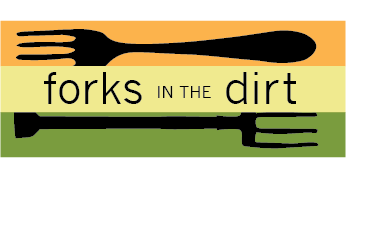
We’re so ready to kick off this White Bear Lake Winter Farmers Market season. What started small has grown to be a much anticipated community-wide event each winter.
This season’s market dates are set for November 13 th , December 11th and January 8th. The markets will run 10am to 2pm outdoors, right in front of Tamarack Nature Center. Bringing together local farmers, makers and community is the driving force behind the event- which continues to evolve each year.

Last year because of Covid, we moved the event outside and you, the community, didn’t skip a beat! Local food lovers don’t seem to mind an outdoor event, and with Ramsey County Park buildings still closed, we’ll be staying outside again this year. Of course, we’re making it extra cozy, with free hot apple cider from Pine Tree Apple Orchards, and a warming fire pit courtesy of Tamarack Nature Center.











































